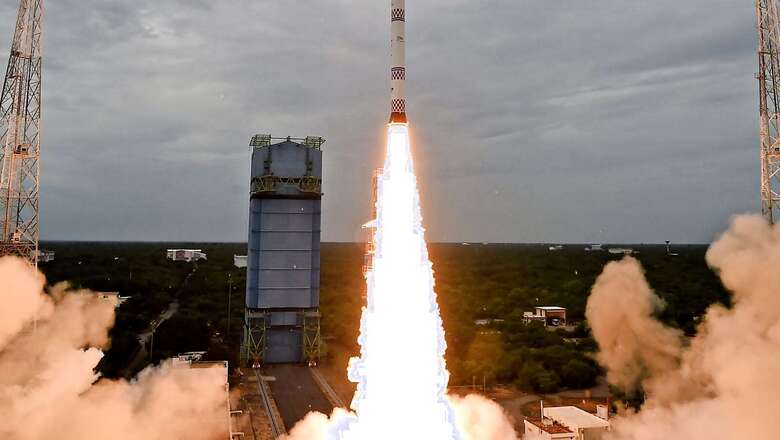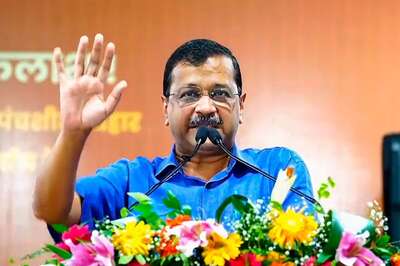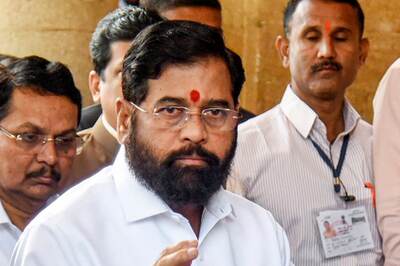
views
The Indian Space Research Organisation (ISRO) successfully launched three small satellites powered by its SSLV-D2 launch vehicle from Satish Dhawan Space Centre at Sriharikota. The launch vehicle was carrying EOS-07, Janus-1 & AzaadiSAT-2 satellites and aimed to inject them into a 450 km circular orbit.
This was the second developmental flight of its Small Satellite Launch Vehicle (SSLV), SSLV-D2 and the launch took place on February 10, 2023 at 09:18 AM IST.
SSLV caters to the launch of up to 500 kg satellites to Low Earth Orbits on ‘launch-on-demand’ basis. “It provides low-cost access to Space, offers low turn-around time and flexibility in accommodating multiple satellites, and demands minimal launch infrastructure," as per a statement by ISRO.
The SSLV-D2 mission had the target to take a 15 minutes flight to inject EOS-07, Janus-1 and AzaadiSAT-2 satellites into 450 km circular lower orbit. “It is configured with three solid propulsion stages and a velocity terminal module. It is a 34 m tall, 2m diameter vehicle having a lift-off mass of 120 t," said ISRO. The EOS-07 satellite weighs 156.3 kg and is made by ISRO.
WATCH LIVE: ISRO SSLV-D2/EOS-07 Launch Mission
“New experiments include mm-Wave Humidity Sounder and Spectrum Monitoring Payload. Janus-1, a 10.2 kg satellite belongs to ANTARIS, USA. A 8.7 kg satellite AzaadiSAT-2 is a combined effort of about 750 girl students across India guided by Space Kidz India, Chennai," it added.
About 13 minutes into its flight, the SSLV rocket will eject EOS-07 and soon after that the other two satellites Janus-1 and AzaadiSAT-2 would be ejected — all at an altitude of 450 km, said ISRO.
With the new rocket in its portfolio, ISRO will have three rockets — Polar Satellite Launch Vehicle (PSLV) and its variants (cost about Rs 200 crore), Geosynchronous Satellite Launch Vehicle (GSLV-MkII cost about Rs 272 crore and LVM3 Rs 434 crore) and SSLV (Development cost of three rockets about Rs 56 crore each) and production cost may go down later.
The SSLV’s maiden flight — SSLV-D1- on August 7, 2022 was a failure as the rocket had put the two satellites — EOS-01 and AZAADISAT — in a wrong orbit resulting in their loss.
According to ISRO, the onboard sensors of SSLV-D1 were affected due to vibrations during the separation of its second stage. While the rocket’s software was able to perform the ejection of the satellites, the ejections were done into a wrong orbit. The satellites also lacked necessary velocity to be on a stable orbit and went into oblivion.
(With inputs from IANS)
Read all the Latest Tech News here




















Comments
0 comment